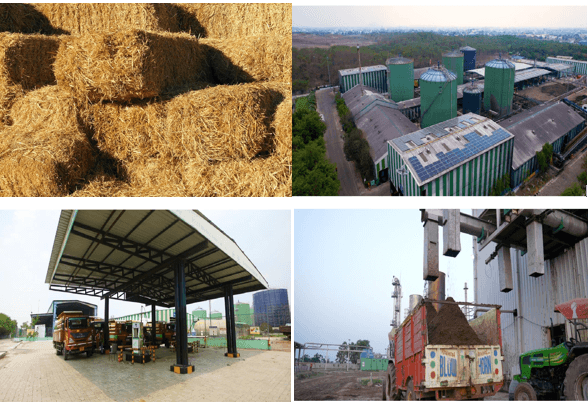Multi-billion dollar supports greener footprint.

India’s renewable-energy sector, wooing US$90 billion-US$150 billion investment, is growing rapidly and increasingly able to compete on price against coal-based electricity providers, says a report on the industry.
However, the country’s clean-energy companies are highly leveraged and face operational risk, S&P Global Ratings said in “Renewables In India–Is There ‘Red’ In This Green Story?” report.
Price parity with traditional energy sources, a greener footprint, and a government push towards cleaner energy should see renewables take center stage for new capacity, it said.
India plans to triple renewables energy capacity by 2022, to 175 gigawatts from 57 gigawatts now, external estimates of US$90 billion-US$150 billion in new investments.
“Growth for renewables is a given–the question is whether the growth will be profitable and credit supportive,” said S&P Global Ratings credit analyst Abhishek Dangra.
Most renewable companies in India have been almost doubling capacity annually for the past few years.
The result is persistently high leverage. The ratio of debt to EBITDA exceeded 8x for high-growth companies including Greenko Energy Holdings, Mytrah Energy Ltd., Azure Power, and ReNew Power Ventures Pvt. Ltd., for the year ending March 2017.
EBITDA interest coverage was also around 1x for these companies.
“We believe high growth has resulted in elevated leverage for many renewable companies in India, a key factor weighing on the ratings,” said Dangra.
S&P Global Ratings expects ratios to improve from extremely high levels but the pace of the deleveraging will depend on growth strategies and financial policies.
Deleveraging will be driven by level of cushion built into competitive bids, and the pace of expansion.
New renewables capacity is increasingly being added in the unregulated power sector, where tariffs are set through competitive bidding with other providers.
This trend is adding to the downward movement in the cost of renewable energy (and also aided by falling technology and capital costs), which on one hand makes the sector more competitive against fossil fuels.
On the other hand, diminishing margins can raise operational risks.
“We have observed aggressive bidding, based on forward-looking assumptions for cost savings on capital and optimistic expectations of generation.
Aggressive bids leave little margin for error and may result in higher cash flow volatility,” said Dangra.
While companies in the sector enjoy priority dispatch on India’s grids, they are exposed to resource risk, or the interruption of supply caused by vagaries in wind, sun or hydro conditions.
“In our view, resource diversity could support more stable cash flows. We believe credit profiles are negatively affected by concentrations of cash flows from single or limited projects, resources (wind, sun, water), counterparties and geography (different states within India).”
The primary off-taker from India’s grids are state electricity utilities (SEUs), with weak financials, which often delay payments. fii-news.com









